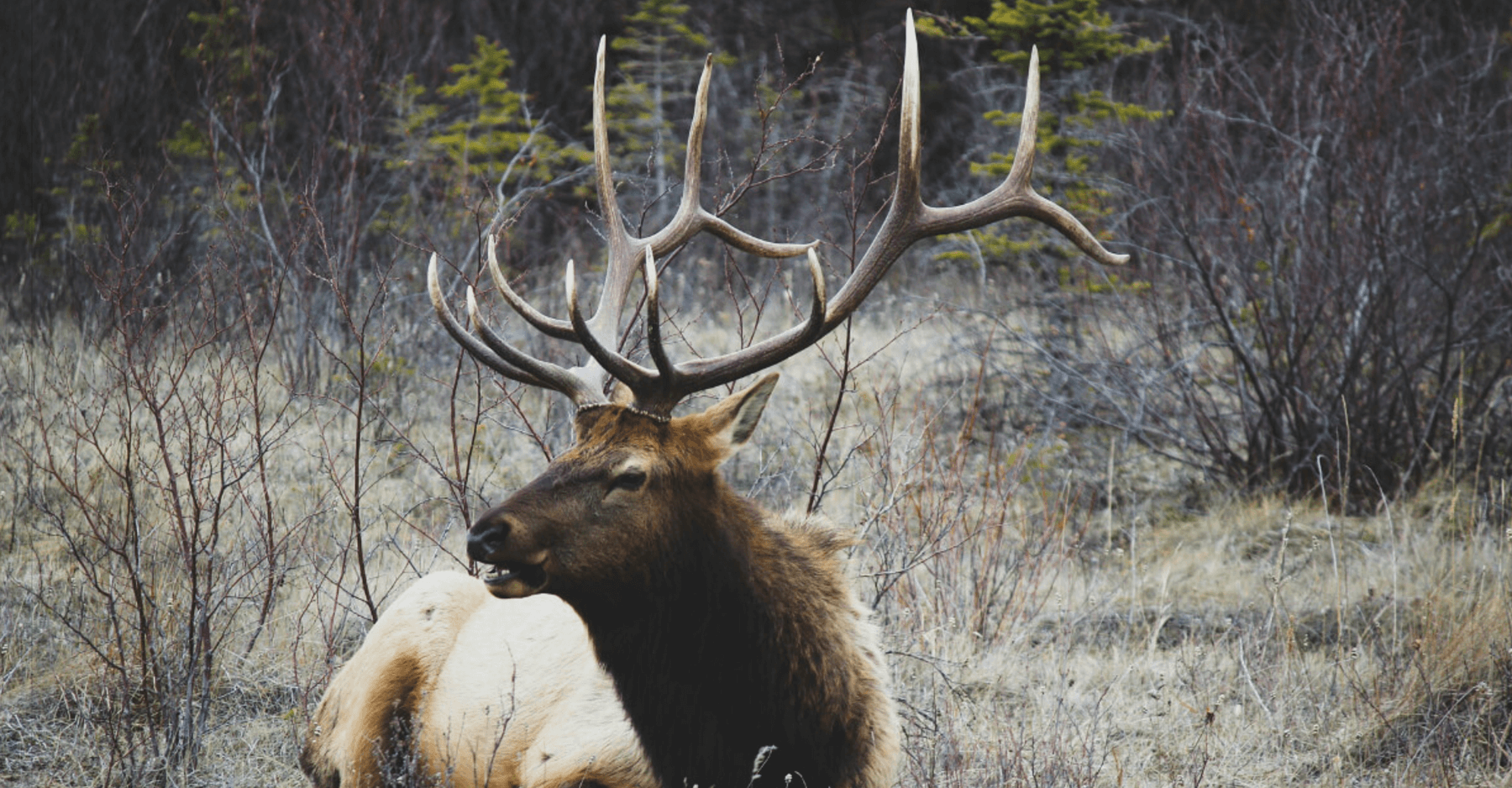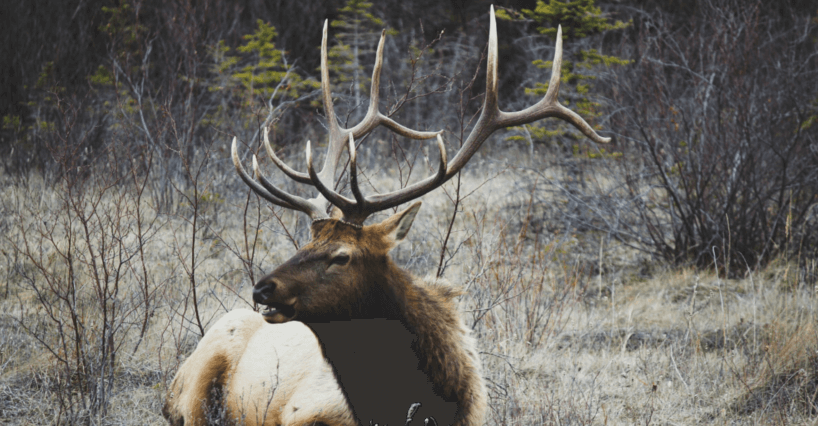
Wild Animal Suffering

Guest post by Anonymous
Wild animals matter too. This is an area often overlooked in calculations about the effectiveness of our actions to reduce suffering. It is an under-researched, under-emphasized issue which may be crucial to evaluate the effectiveness of certain actions we may take, both now and in the future.
There are far more animals in the wild than on factory farms and in laboratories, and many of them die in excruciating pain after living very short lives. Particularly troubling are the species whose strategy is to “live fast, die young, and leave plenty of offspring”. Many produce thousands of young, the vast majority of which die very quickly. Richard Dawkins is one of many who have remarked on the cruelty of nature. He writes, “The total amount of suffering per year in the natural world is beyond all decent contemplation. During the minute it takes me to compose this sentence, thousands of animals are being eaten alive; others are running for their lives, whimpering with fear; others are being slowly devoured from within by rasping parasites; thousands of all kinds are dying of starvation, thirst and disease.”
Currently, one important thing we can do is promote concern for wild animals in the hope that future generations – who are likely to have much more wealth, technology, and knowledge – will act rationally and humanely to reduce suffering in nature. Animal ethicist Oscar Horta explains, “Our job now is to prepare the grounds for forthcoming generations to take action where we may be currently unable to act.” However, a currently available strategy employed by some activists is working to end human activities that increase suffering in nature. For example, there is evidence suggesting that wild-caught fishing increases the number of small, short-lived fish by decreasing predator populations. If the small fish then starve to death, total suffering may increase significantly. Should further research strengthen
these conclusions, this would provide a viable means to prevent large amounts of suffering in the wild in the present. This strategy raises awareness of wild animal suffering while avoiding a taboo against intentional intervention in nature.
Besides advocacy, a promising avenue for effective animal activists is research. Wild animal suffering has been a neglected issue, so there are far more questions than answers. For example, what types of animals suffer most? Which ecosystems have the most suffering? How do various human interventions affect suffering? One of the most important and challenging questions is which animals experience pain. It could be an interesting and rewarding career to answer questions on the cutting edge of neuroscience and philosophy of mind.
Efforts to reduce wild animal suffering are riskier than other causes, but it may be that the stakes are too high to ignore. As John Stuart Mill said, “In sober truth, nearly all the things which men are hanged or imprisoned for doing to one another, are nature’s every day performances… The phrases which ascribe perfection to the course of nature can only be considered as the exaggerations of poetic or devotional feeling, not intended to stand the test of a sober examination. No one, either religious or irreligious, believes that the hurtful agencies of nature, considered as a whole, promote good purposes, in any other way than by inciting human rational creatures to rise up and struggle against them.” We occupy a rare position in the universe as beings who are both intelligent and empathetic, and we have the power to rise up and struggle if we choose.
Dawkins, Richard. River Out of Eden. New York: Basic Books, 1995.
Filed Under: Guest Blog
Great Post, Lila!
As you note, the suffering of animals in the wild has been and continues to be a neglected issue. This means, as you correctly point out, that there are many questions and few answers. But it also means that there is an amazing opportunity to do good. Almost no one else will research these issues if you don’t, so by focusing your energies here you’ll be making a difference. And the difference is potentially enormous, since most of the relevant high-impact research hasn’t yet been conducted.